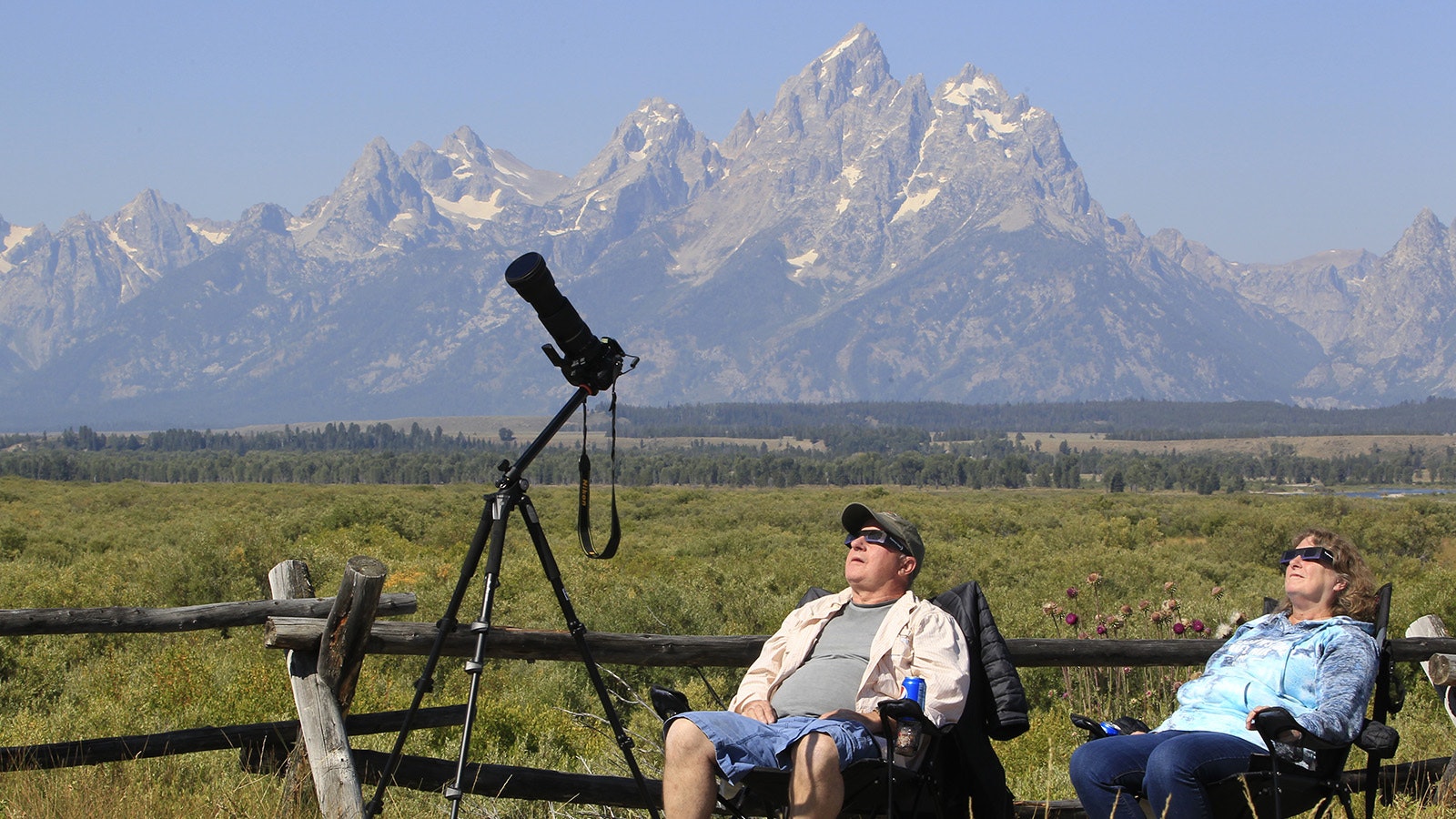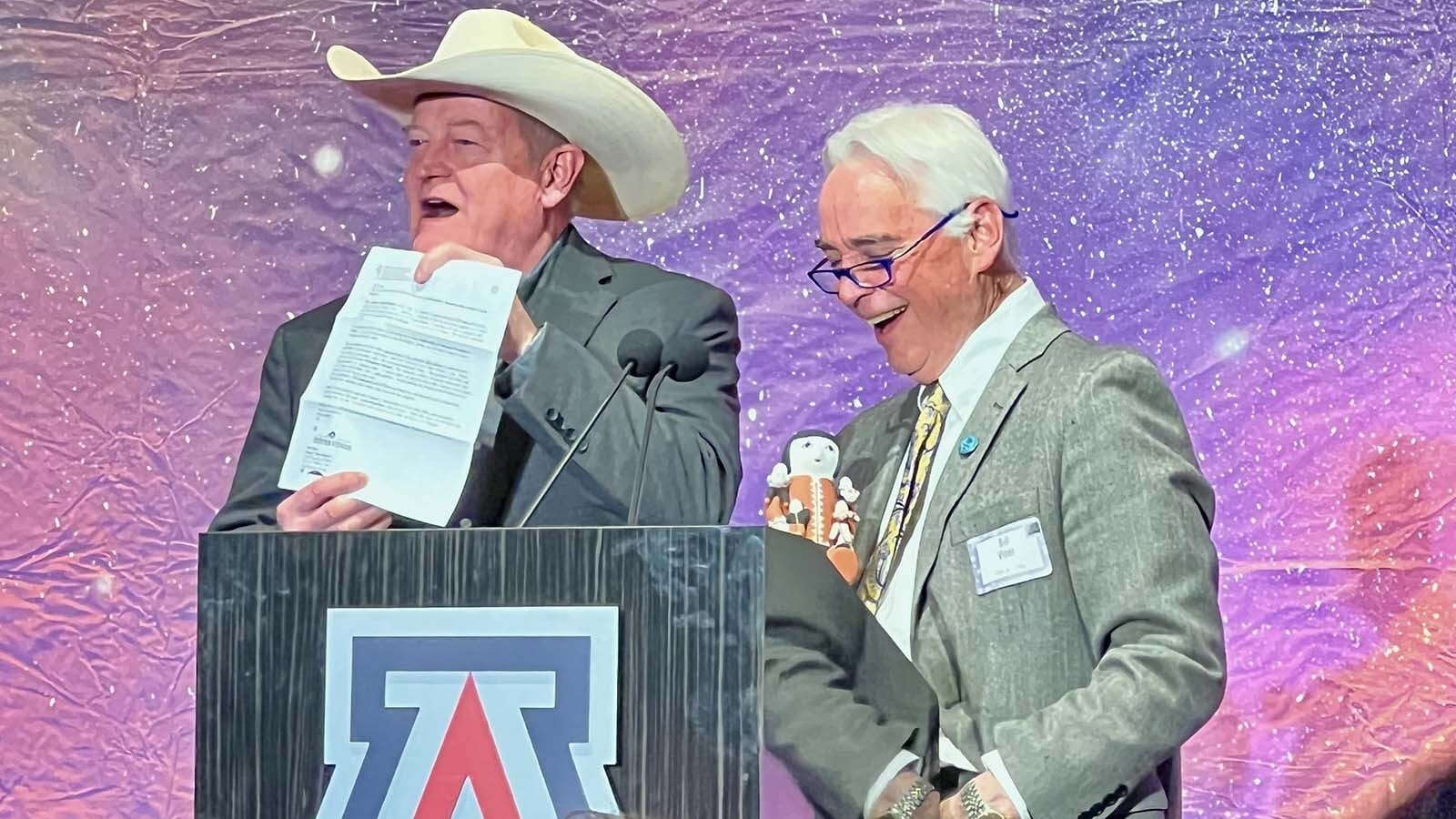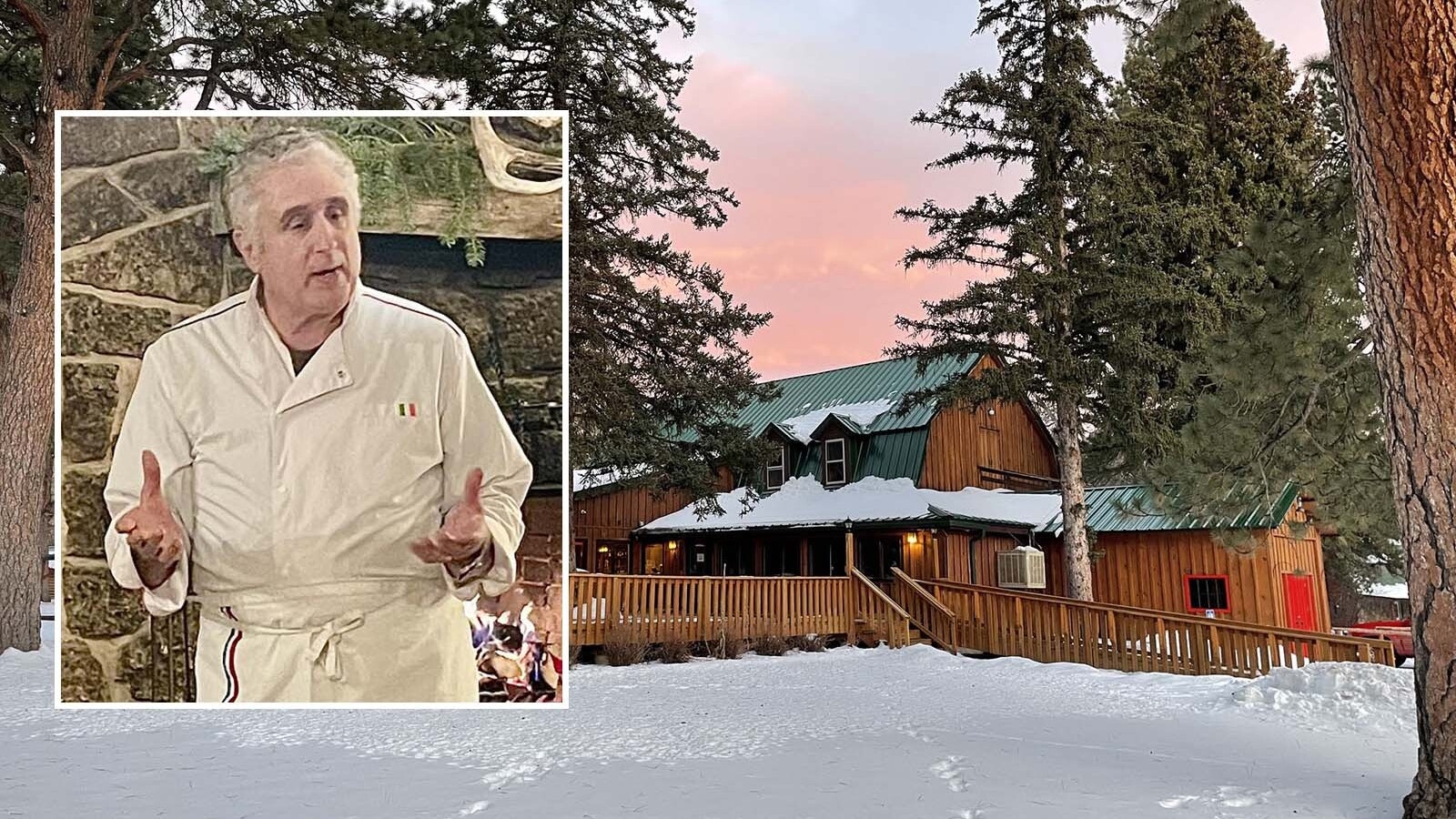Anyone who wants to see a ring of fire in the sky, or at least a partial one, needs to get a pair of eclipse glasses and look up the morning of Oct. 14. Americans will witness an annular eclipse, a unique celestial event that will be visible — to some degree — everywhere in North America.
Like the solar eclipse that crossed over Wyoming in 2017, some parts of the nation will get a better show than others. Although Wyoming doesn’t have the best seats in the house for this one, the viewing will still be good with partial eclipse rates between 60% in northeast Wyoming to 80% in the Southwest part of the state.
The eclipse gets more pronounced as you move southwest across the state, from about 60% in Gillette to about 70% in Casper, 75% in Cheyenne and about 80% in Rawlins, Rock Springs and Evanston.
The Ring Of Fire
An eclipse is when a celestial body, usually the sun or moon, crosses in front or behind another. A solar eclipse is when the moon crosses the sun and its shadow moves across the earth, while lunar eclipses happen when the moon moves in the earth’s shadow.
Wyomingites remember the 2017 solar eclipse when the entire state was in the path of totality. When it reached its dramatic climax, everyone could see a ring of white fire surrounding the darkness of the moon as it moved in front of the sun.
An annular eclipse is the result of the same phenomenon of the moon moving in front of the sun. However, the moon’s position prevents it from becoming another spectacular solar eclipse.
“The moon’s too small to cover up the sun, so the outer ring of the sun’s surface is still visible. This is called an annulus,” Max Gilbraith, planetarium coordinator at the University of Wyoming, told Cowboy State Daily. “But there’s never that moment where you can look at the atmosphere of the sun because some surface of the sun is always visible. It’s too bright to observe the sun directly.”
Gilbraith said the same conditions that prevented a total eclipse gave Wyoming the dramatic supermoon visible at the end of September.

Wyoming’s When, Where and What
Everyone in Wyoming can witness the annular eclipse from wherever they are between 9 a.m. and noon Oct. 14. However, Gilbraith said anyone who wants to witness the climax needs to consider their location so they know exactly what time they’ll want to look up.
“If you’re in the west, it’ll start earlier than 9 a.m. and finish before noon. If you’re in the eastern part of the state, it’s going to be closer to the top the hour,” he said.
The peak of the annular eclipse will be around 10:30 a.m.
Like the 2017 total eclipse’s “path of totality,” an annular eclipse has a “path of annularity” where the annulus of the sun will be visible. Wyoming isn’t on that path. According to NASA and greatamericaneclipse.com, Wyomingites will see between 60% and 80% annularity Oct. 14, depending on their location at its climax.
Anyone who wants to see more than that will need to make a trip south.
“That path is from Oregon to Texas and bypasses Wyoming. It’s going to go right over the Four Corners area. The closest place you could get to (for the eclipse) is south of Salt Lake City or take I-25 down to New Mexico,” Gilbraith said.
Even outside the path of annularity, there will still be something to see in Wyoming. But regardless of where someone’s looking, everyone will need eclipse equipment to safely view it in action.
“You definitely want eclipse glasses or to build a pinhole camera,” Gilbraith said. “You are going to enjoy it from pretty much anywhere where there are clear skies. Just be prepared for a day in the sun.”
Sometimes, trees can create natural pinhole cameras with their leaves. Gilbraith said anyone near a forest with fall foliage on the trees might get a glimpse of the unique shadow show eclipses are known for.
“You’ll see dozens of little eclipse sun crescents on the ground, which is kind of fun,” he said. “So, let’s hope the trees hold onto their leaves for a few more weeks.” said.
Next Time? Not Likely
Wyoming was lucky to be in the path of totality for the 2017 total eclipse and catch a good glimpse of the annular eclipse in 2023. But anyone who wants to wait in Wyoming for the next annular eclipse, let alone a path of annularity, could be waiting for the rest of their lives.
The next annular eclipse that will pass over Wyoming will be July 3, 2084. Wyoming will just barely be in its path of annularity, as the eclipse will pass over Evanston before ending.
Anyone who wants to be in the path of totality for the next annular eclipse should book a trip to Argentina or Chile on Oct. 2, 2024.
“With eclipses, you can either stand in one spot, and you’ll get one every 400 years. Or, you can make a little effort and travel to see them and catch one every nine months or so,” Gilbraith said.
Gilbraith hopes everyone in Wyoming will take a moment to step outside to witness the annular eclipse. If the weather cooperates, even a partial view is an amazing moment.
“It’s a really fun and interesting way to view the universe and the solar system and see this interaction,” he said. “Getting to see this cosmic alignment and bask in the shadow of the moon is an enchanting experience.”
Total eclipse enthusiasts will be thrilled to know they have less than a year to wait for the next one, which will pass over the eastern half of the United States. Anyone who wants to get in the path of totality just needs to plan a trip to Cleveland, Ohio, on April 8, 2024.
Of course, that means going to Cleveland. There’s always a trade-off with eclipses.
Andrew Rossi can be reached at arossi@cowboystatedaily.com.





